Medical Terms Used in Acute Care
0 Comments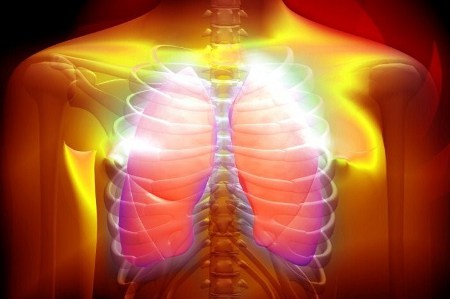
Acute Respiratory Distress Syndrome (ARDS)
A potentially life-threatening lung condition that typically occurs in critically ill patients or in cases of serious injury. Abnormal amounts of fluid leak from the lung’s capillaries into the alveoli or air sacs and impair the lungs from properly filling and moving enough oxygen into the bloodstream. Vital organs are deprived of oxygen. Photo: Getty Images
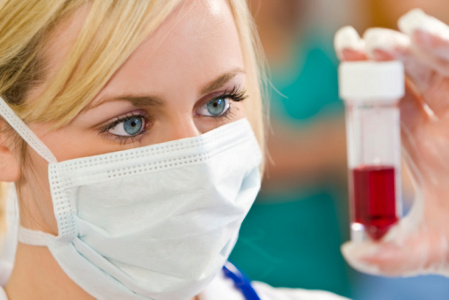
Arterial Blood Gas (ABG)
A test measuring the pH, oxygen and carbon dioxide levels in a blood sample drawn from an artery. It is used to measure how well the lungs are moving oxygen into the blood and removing carbon dioxide from the blood. Photo: Getty Images
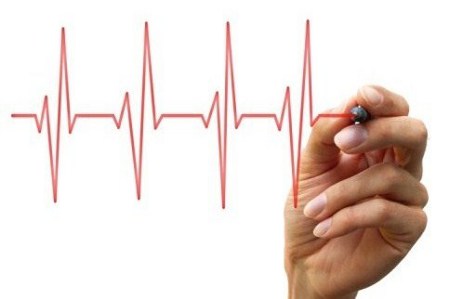
Cardioversion
A medical procedure performed to restore a normal heart rhythm in cases of tachycardia, atrial fibrillation or atrial flutter. It is done with electric shocks administered through electrodes attached to the chest. The patient is sedated. Cardioversion is usually scheduled in advance but can be done in an emergency situation. Photo: Getty Images

Cerebral Hypoxia
Decreased oxygen supply to the brain in spite of adequate blood flow. Brain cells are extremely sensitive to oxygen deprivation and begin to die within five minutes after oxygen supply has been cut off. Photo: Getty Images
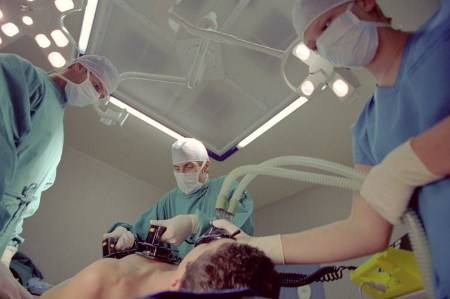
Defibrillation
An emergency procedure performed to correct life-threatening, rapid and irregular heart rhythm. An electrical device, called a defibrillator, sends an electric shock to the heart through paddles which are placed on the patient’s chest. Defibrillation is done only on patients who are unconscious and do not have a pulse. Photo: Getty Images
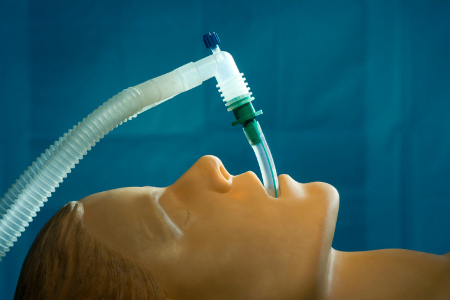
Endotracheal Intubation
A medical procedure performed to open the airway for the purpose of providing oxygen, assist breathing and administer medication or anesthesia. A tube is placed in the trachea through the mouth, particularly in emergency situations, or the nose. Photo: Getty Images
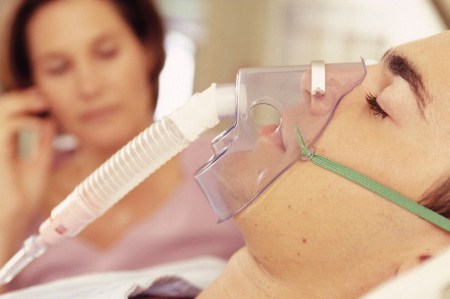
Mechanical Ventilation
A method of controlled assisted ventilation to assist critically ill patients breathe when they are unable to breath sufficiently on their own. A machine called a ventilator or respirator, which cycles automatically to inhale and exhale for the patient, is connected to an endotracheal tube. Photo: Getty Images

Septic Shock
A medical emergency caused by an overwhelming bacterial, fungal and rarely, a viral infection, which results in life-threatening low blood pressure and damage to the heart, brain, kidneys, liver and intestines. Photo: Getty Images
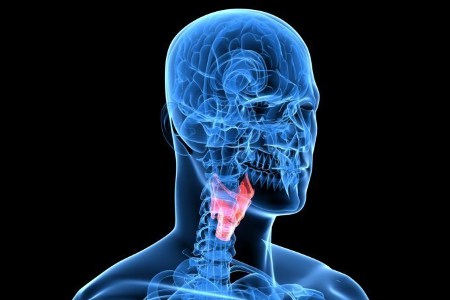
Tracheostomy
A surgical procedure performed to create an opening or stoma in the trachea. It may be performed in an emergency situation of severe blockage or narrowing of the upper airway, part of surgery to remove the larynx because of cancer, and in cases of patients who require long-term ventilator support. Photo: Getty Images
Add a CommentComments
There are no comments yet. Be the first one and get the conversation started!